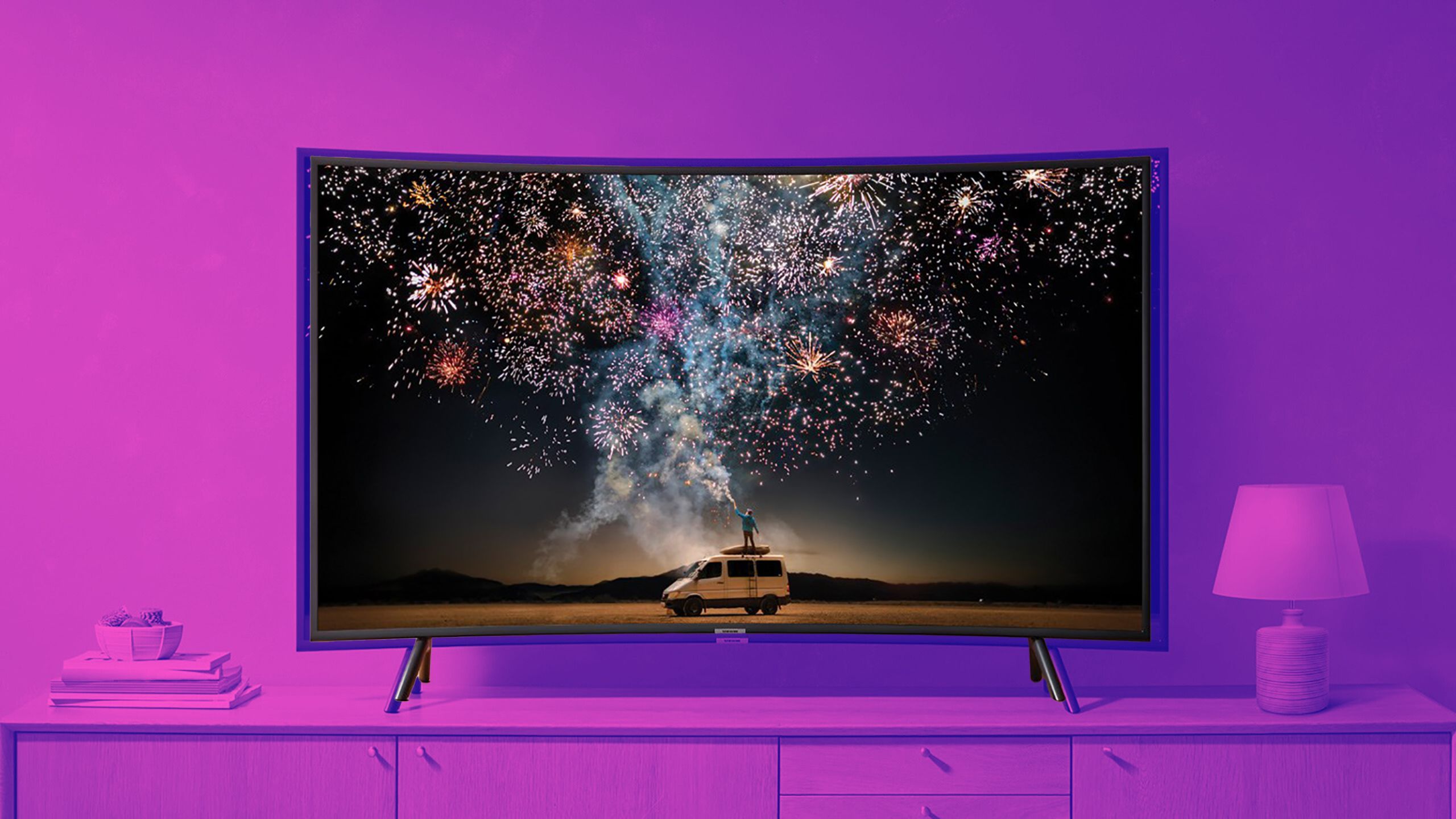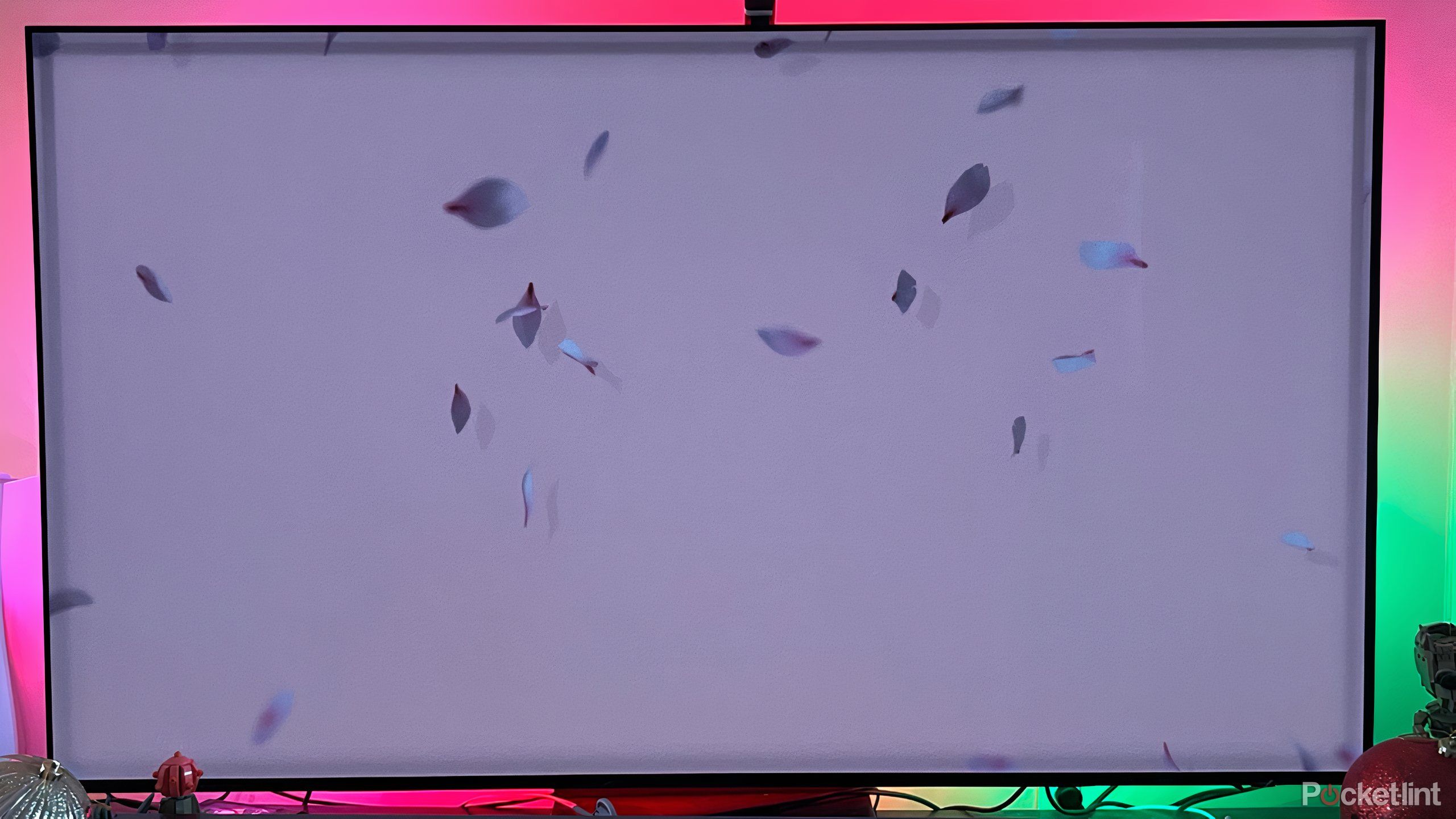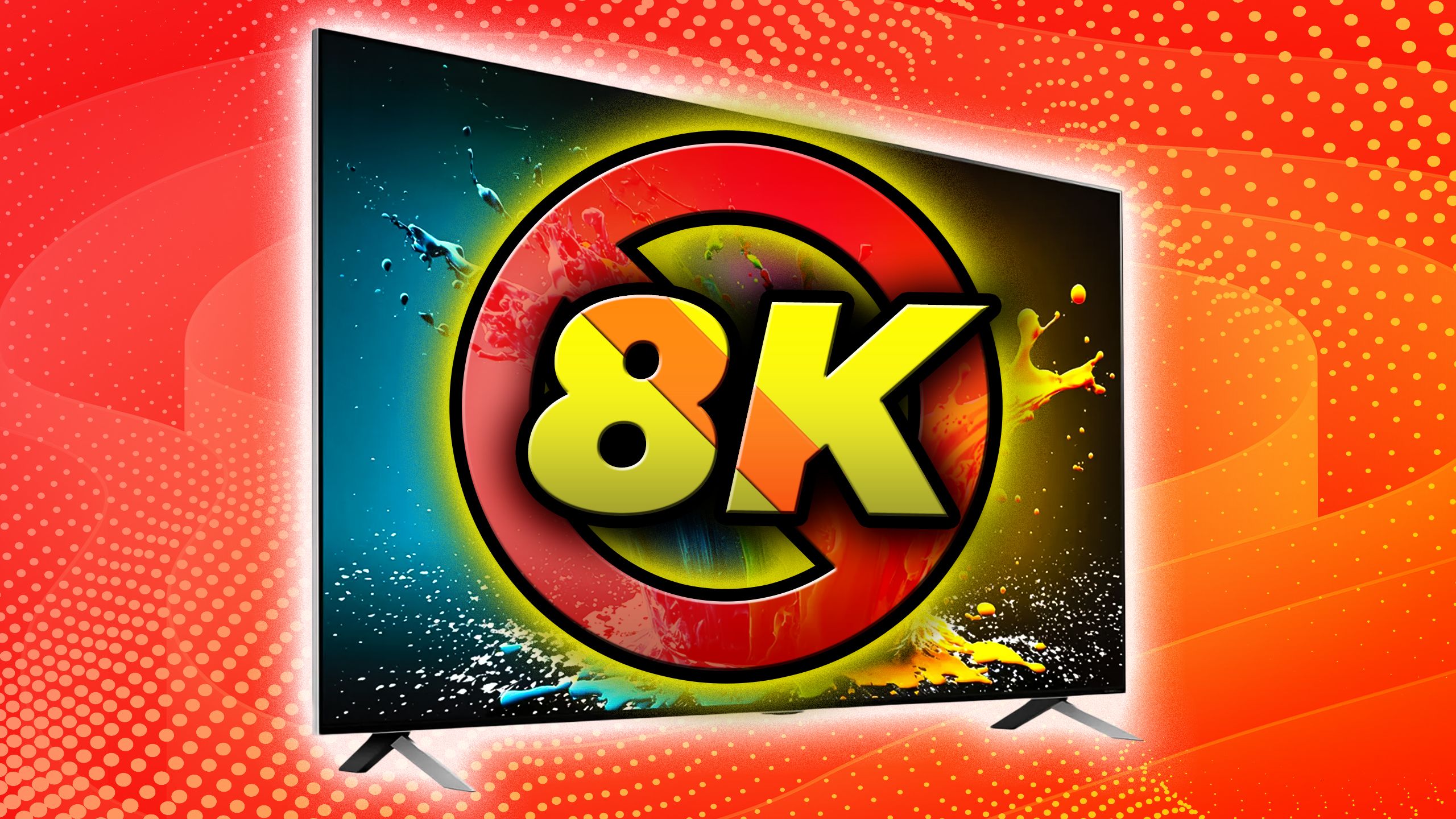Summary
- The Dirty Screen Effect, also known as DSE, is a hardware-level issue that plagues some TV units.
- Often caused by faulty backlight setups on lower-end LCD-based TVs, DSE can cause a number of visual artifacts to take hold.
- Most cases of DSE are mild, but they can be noticeable when displaying neutral, gray, or bright white colors on screen.
When it comes to television sets, the Dirty Screen Effect refers to visual imperfections that cause distortion and other unsightly artifacts to take hold on a TV unit’s display panel. Also known as DSE, the effect can arise due to errors in the manufacturing process, deliberate corner-cutting and cost management efforts by TV brands, or miscalibrations on the software or image processing side of the equation.
On average, DSE impacts
lower-end TV models
more frequently than their
mid-range
and
high-end counterparts
. LED-based LCDs are the primary victim of DSE, with many of the most common issues stemming from their implementation of hardware backlighting. As such, TVs with OLED panels tend not to suffer from DSE in the traditional sense, and Mini LED TVs are less likely to be plagued by the effect, as well.
For the most part, the symptoms of DSE are subtle, often going unnoticed by the everyday consumer. Even if a TV panel suffers from a relatively bad case of the effect, it can be tricky to notice while
consuming video content
, complete with jump cuts, fast-paced action scenes, special effects, and more.
Related
Cleaning your TV wrong can damage it forever. Here’s what I recommend
Here’s what you need to know about wiping down your expensive entertainment investment.
The best way to flag down whether your flat panel suffers from the Dirty Screen Effect is by throwing a neutral, white, or gray image on screen for an extended period of time. Despite compression and other video pipeline issues,
YouTube
SDE tests remain an excellent tool for diagnosing TV display issues. These videos are often described as ‘clouding,’ ‘banding,’ or ‘uniformity’ visual quality tests.
Unfortunately, it’s just about impossible to know whether a TV suffers from DSE until it’s been unboxed, set up, and loaded up with content. If the effect is present on screen, then there’s not a lot you can do to rectify it — disabling any game modes and
motion-smoothing filters
, or running on-device diagnostics, might prove useful in some cases, however.
Here are three major symptoms to look out for when determining whether your own TV panel is suffering from a case of Dirty Screen Effect — whether it be mild, moderate, severe, or anything in between.

Related
There’s only one reason to have motion smoothing enabled on your TV
Tom Cruise would have you turn it off always.
1
Your TV has strange banding
These strips can appear either vertically or horizontally
One of the telltale signs of the Dirty Screen Effect is a TV panel with noticeable banding across the screen. These strips appear visually inconsistent when compared to the rest of the panel, and they can appear on any portion of the screen, in either vertical or horizontal orientations. Most of the time, these bands are difficult to notice when watching movies or shows, or while firing up a video game. However, if you throw a neutral grayscale picture up on your TV and dim the surrounding lights, an infected unit will have clear pillars or columns spanning across its panel.
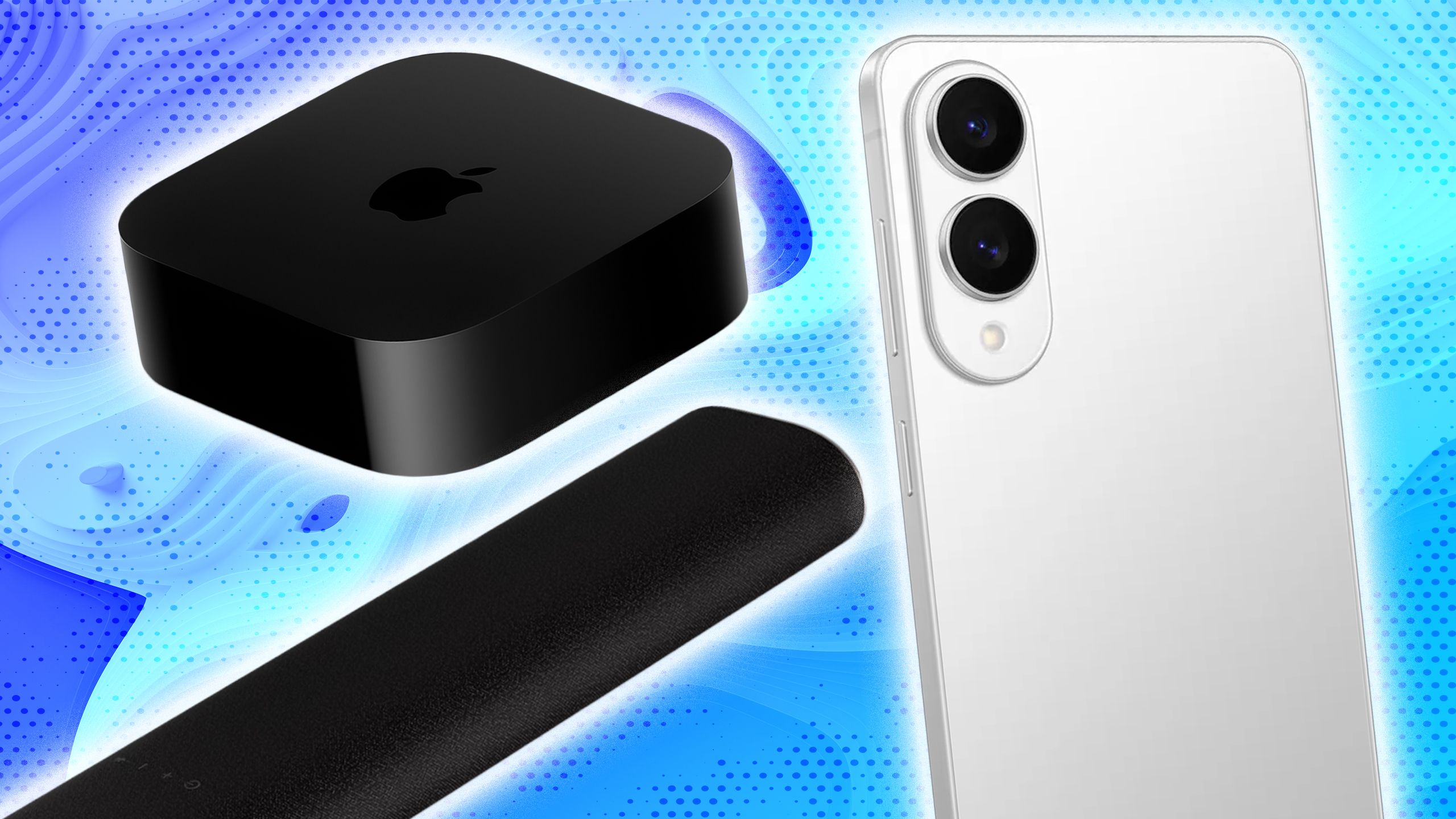
Related
5 devices you should be using with your smart TV
Who knew some gadgets could make watching so much better?
2
Your TV has a vignette around its edges
The edges of your panel might appear darker than the surrounding image
As the Dirty Screen Effect is primarily contingent on LCD backlighting imperfections, one of its key manifestations is a distinct vignette around the far edges of a TV panel. A vignette leads to a fuzzier image border that fades more gradually than it should, which can create a distracting darkened corner effect. This can primarily be noticed while watching brighter on-screen content, with a less noticeable impact on darker imagery. An adjacent backlighting hardware issue that plagues some TV units is known as light bleed, which has the opposite (and equally undesired) effect of lighting up the corner of a panel when it shouldn’t be illuminated.
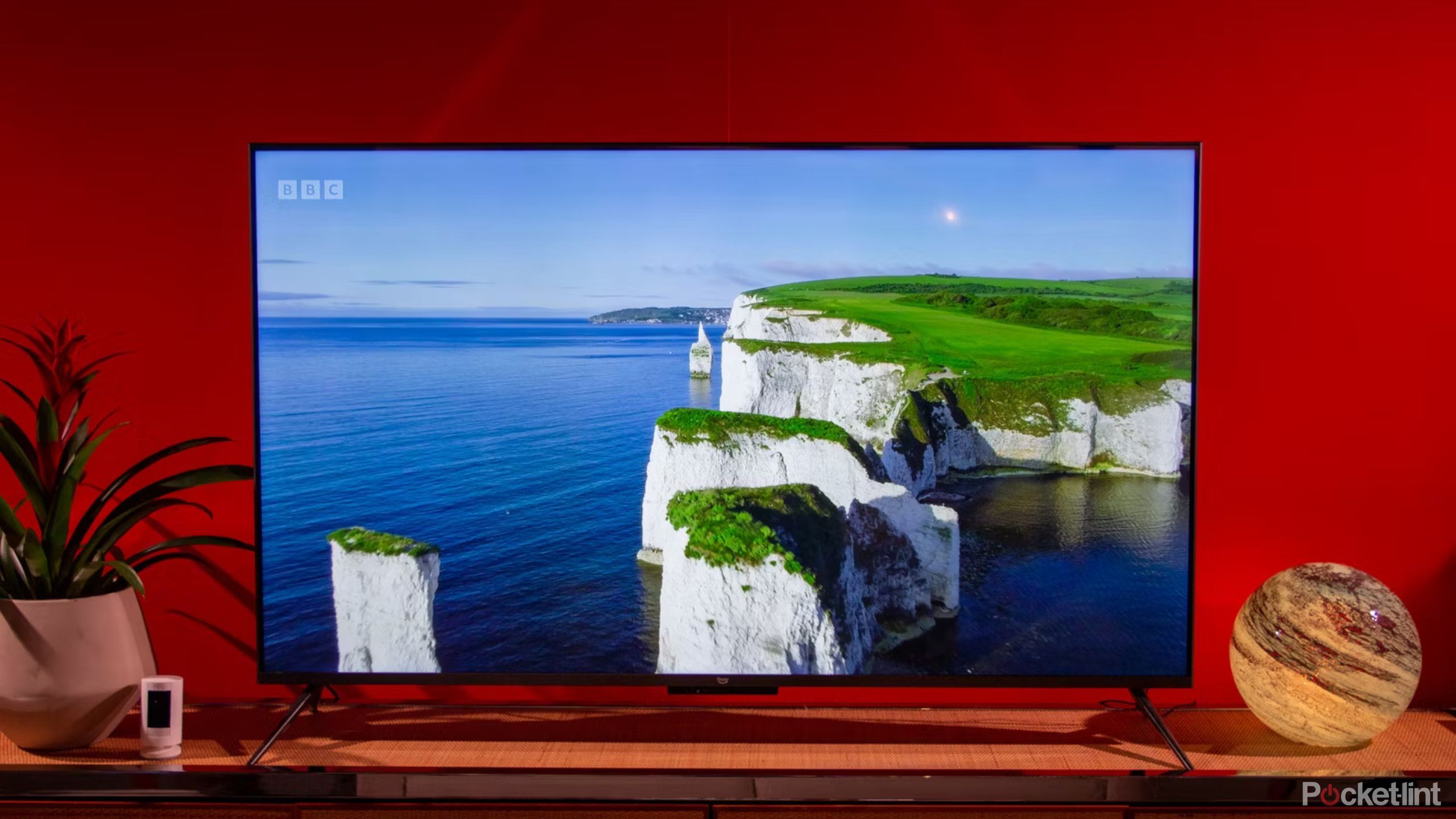
Related
OLED vs mini-LED vs QLED in 2025: Which TV tech should you buy?
Today, you can get surprising image quality without spending a fortune.
3
Your TV has blotchy patches
Unsightly shadows can manifest anywhere on the panel
Perhaps most disruptively of all, the Dirty Screen Effect can rear its ugly head in the form of distracting on-screen blotchiness, cloudiness, haziness, or shadowing. Blotch severity is yet another spectrum, ranging from mild artifacts that are barely visible to the naked eye, to massive and distracting fog patches that can take you out of your element when binging a show or hitting a new game milestone. As with banding and vignette issues, shadows are a more common occurrence on lower-end TVs, though the inherent challenges of display manufacturing drive the effect to sometimes manifest even on relatively high-end flat panels.
Trending Products

Sceptre Curved 24.5-inch Gaming Monitor up to...

SAMSUNG 34″ ViewFinity S50GC Collection...

Wi-fi Keyboard and Mouse Combo – Rii Co...

Logitech Media Combo MK200 Full-Size Keyboard...


